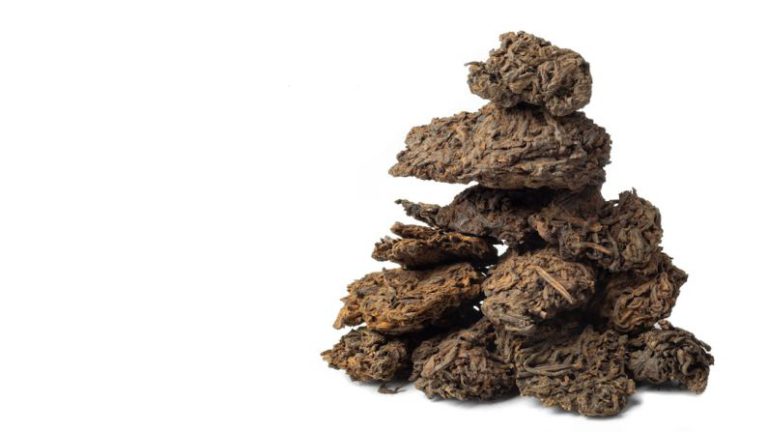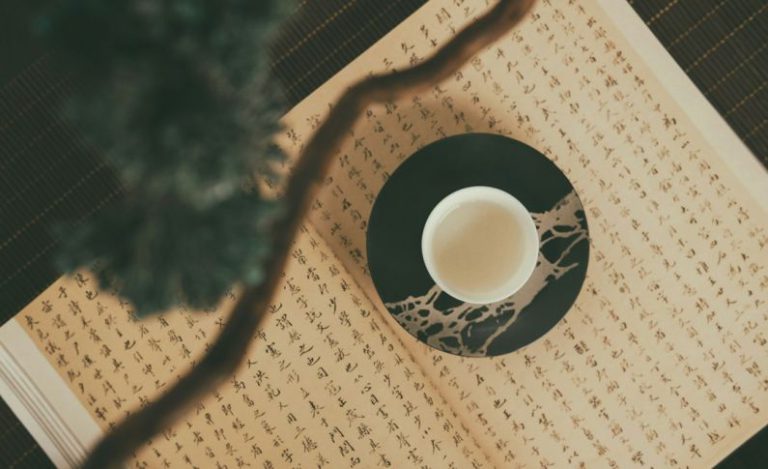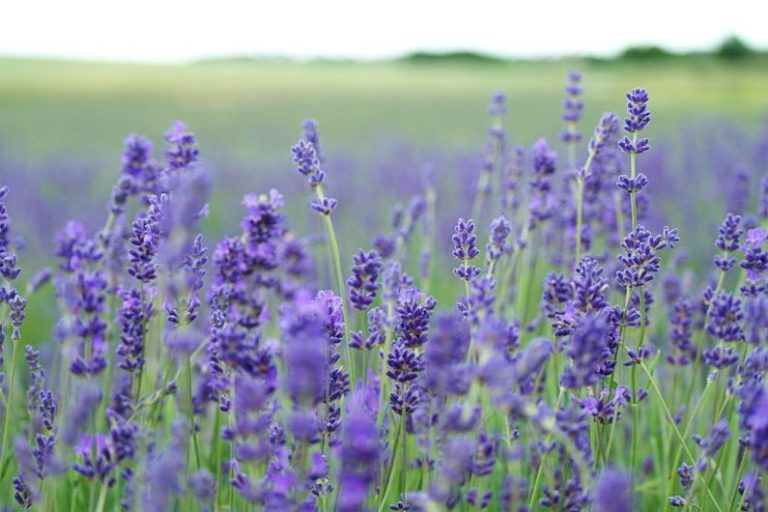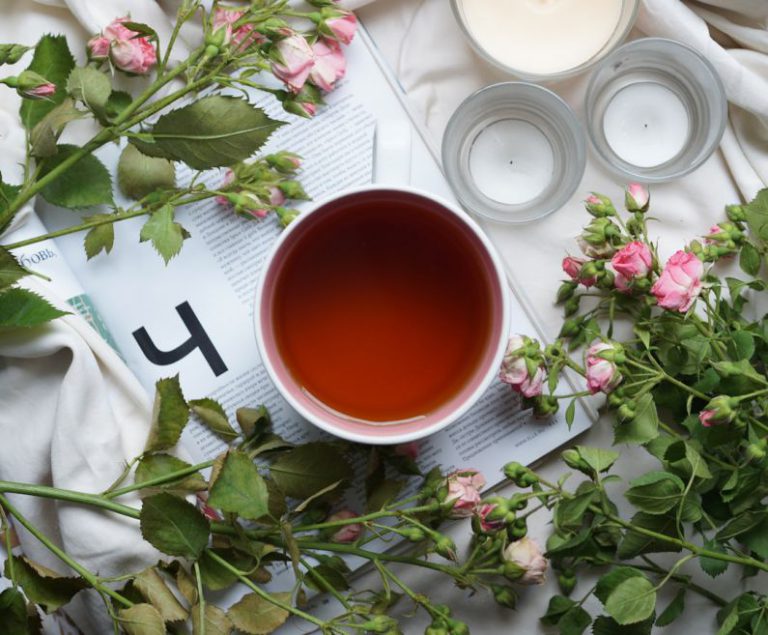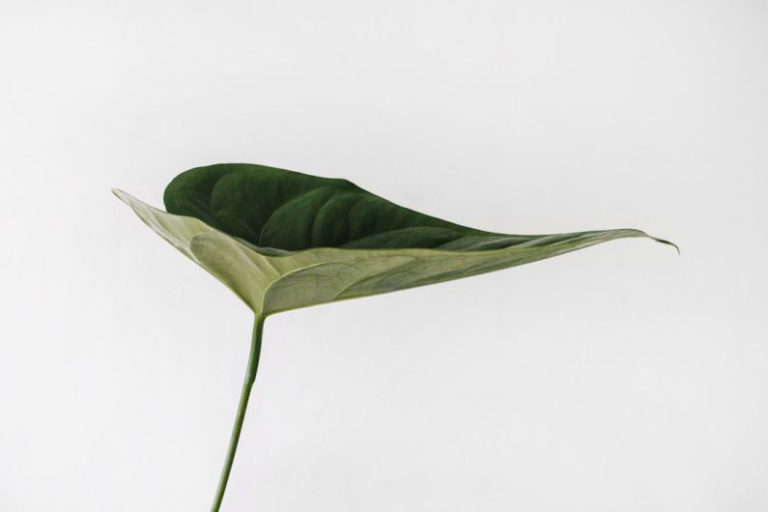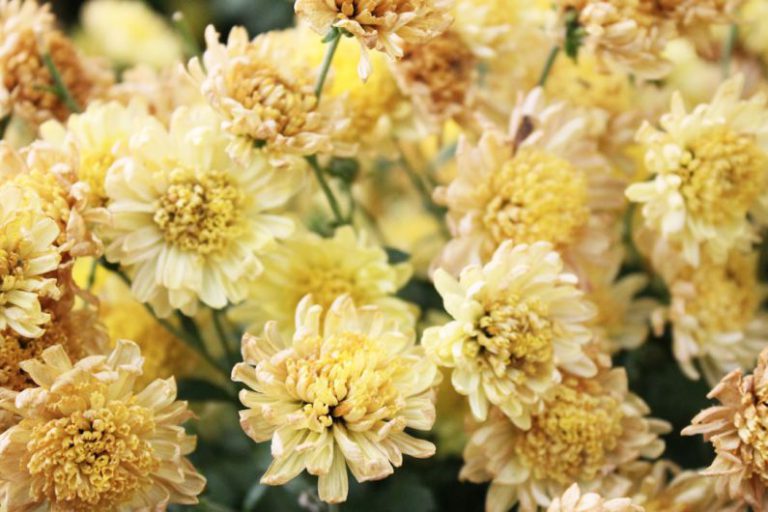Oolong Tea: a Hidden Treasure of Flavour & Aroma
Oolong tea, often called the “champagne of teas,” is a treasure trove of complex flavors and enticing aromas that sets it apart from other types of tea. With its unique processing method that falls between green and black tea, oolong tea offers a delightful experience for tea enthusiasts seeking a balance between freshness and depth. Let’s delve into the world of oolong tea and uncover the reasons why it is revered by tea connoisseurs worldwide.
The Origin of Oolong Tea
Originating from the Fujian province of China, oolong tea has a rich history dating back centuries. Legend has it that oolong tea was discovered by accident when a tea farmer forgot to harvest his tea leaves, allowing them to partially oxidize in the sun. This unintentional process resulted in a new type of tea with a distinct flavor profile that captured the attention of tea drinkers.
The Art of Processing Oolong Tea
One of the defining characteristics of oolong tea is its unique processing method, which involves withering the leaves under the sun and then oxidizing them before they are heated to stop the oxidation process. This careful balance of oxidation levels gives oolong tea its signature flavor that can range from light and floral to rich and toasty, depending on the degree of oxidation.
The Spectrum of Flavors
Oolong tea offers a diverse range of flavors that cater to different palates and preferences. Lightly oxidized oolong teas, such as Tieguanyin, are known for their floral and creamy notes, while heavily oxidized oolongs like Da Hong Pao exhibit a deep, roasted flavor with hints of caramel and nuts. The variety of oolong teas available ensures that there is a flavor profile to suit every taste.
Aroma: the Essence of Oolong Tea
The aroma of oolong tea is a sensory experience that adds another dimension to its overall appeal. Whether it’s the sweet, honey-like scent of a high-mountain oolong or the roasted aroma of a traditional Wuyi oolong, the fragrance of oolong tea can transport you to misty mountainsides and lush tea gardens with just a single whiff. The complex aroma of oolong tea is a testament to the skill and expertise required to produce this exceptional tea.
Health Benefits of Oolong Tea
In addition to its exquisite taste and aroma, oolong tea offers a myriad of health benefits that make it a popular choice among health-conscious individuals. Rich in antioxidants and polyphenols, oolong tea is believed to boost metabolism, aid in weight loss, and improve heart health. Its moderate caffeine content provides a gentle energy boost without the jitters associated with coffee, making it an ideal choice for those seeking a natural and refreshing beverage.
The Ritual of Oolong Tea
Enjoying oolong tea is not just about savoring its delicious flavors; it is also about embracing the ritual and mindfulness that comes with preparing and drinking this exquisite beverage. From the careful selection of tea leaves to the precise brewing techniques, oolong tea invites you to slow down, savor the moment, and appreciate the artistry and tradition that goes into each cup.
Exploring the World of Oolong Tea
As you embark on your journey through the world of oolong tea, you’ll discover a vast landscape of flavors, aromas, and textures that will captivate your senses and awaken your palate. Whether you prefer a light and floral oolong or a bold and robust brew, there is a world of possibilities waiting to be explored within the realm of oolong tea. So, pour yourself a cup, take a sip, and let the hidden treasure of flavor and aroma unfold before you.

